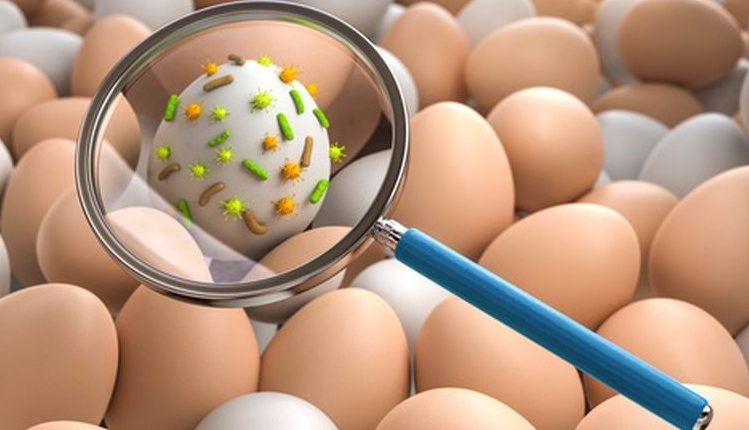
Getting to know salmonella: What causes salmonellosis?
Salmonellosis is an infection caused by a group of bacteria that are very common in nature. The infectious scientist explains how contagion can occur and how to prevent the risk of infection
Salmonella is the second most common cause of food poisoning in Europe, affecting around 35 out of every 100,000 people
It is a strain of bacteria that is very common in nature, as it is present in different types of farm, pet and wild animals.
Salmonellae
Salmonellae, the bacteria that cause the gastrointestinal infection known as salmonellosis, can be dangerous when humans ingest contaminated food or water.
Clinical manifestations vary depending on the amount and type of bacteria present in the substances.
There are many different species, which is why it is not possible to find a vaccine to combat the infection.
Salmonellae can be divided into 2 categories:
- Major salmonellae, which include typhus;
- minor salmonellae, which represent the majority and are the main bacterial cause of a food infection.
Symptoms of salmonellosis
Manifestations are mainly gastrointestinal, with:
- abdominal pain
- nausea
- vomiting;
- diarrhoea;
- fever.
There are also more severe forms that can lead to hospitalisation, especially in the most frail people.
Typically, the intestinal manifestation occurs within a few hours of ingesting the food, from 6 hours to 3 days, and symptoms may last for 1 week.
How to catch salmonellosis
The main way is by eating contaminated food.
Since these do not change smell or taste, it is not possible to know whether the food is tainted.
The main culprits of salmonellosis are:
- raw egg foods or foods containing eggs;
- meat, especially undercooked meat, and meat products (such as mince and stuffing);
- unpasteurised milk and dairy products (such as ice cream, creams, sauces).
Salmonella are eradicated by cooking, but if foods are not cooked there is a risk of infection.
Another vehicle for infection is sick people: people who are experiencing symptoms of salmonellosis may be a source of transmission.
It is therefore essential to pay attention to
- hygiene;
- careful hand washing;
- sharing items such as towels;
- sharing spaces.
Treatment
In most cases it manifests itself as diarrhoea.
It is important to avoid taking antiperistaltic drugs (anti-diarrhoeals), as this is our defence mechanism to expel bacteria that arrive in the intestine.
What you need to do is to rehydrate thoroughly with water or saline solutions.
It may also be useful to take milk enzymes to rebalance the bacterial flora.
In the case of more serious forms, accompanied by fever or symptoms that do not improve, it is advisable to do some more tests to see if antibiotic treatment is necessary.
Salmonellosis, people most at risk
The people most at risk are the frail, the sick and the elderly, but also those who regularly take drugs that lower stomach acidity (such as proton pump inhibitors), because stomach acidity is our first defence against ingesting salmonella.
Steps to avoid contagion
A few simple practices can greatly limit the risk of contracting salmonellosis:
- wash fruit and vegetables very well
- drink only drinking water;
- washing your hands frequently when preparing food, especially when handling raw food and then cooked food;
- contamination can occur during production, preparation and after cooking. Therefore attention should be paid to utensils used for handling raw food, such as a knife or chopping board. Reusing them for cooked food can cause re-contamination;
- avoid eating undercooked eggs and meat and opt for cooking all animal-based foods;
- consume pasteurised milk.
Read Also:
Antimicrobial Resistance In Europe – Data Seems More Dangerous Than Before



